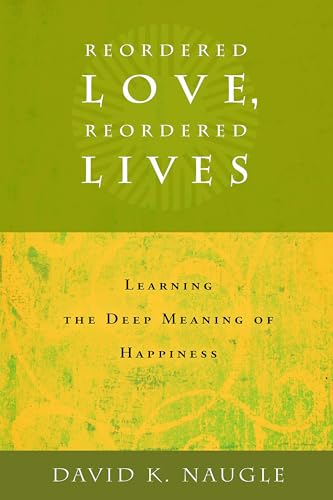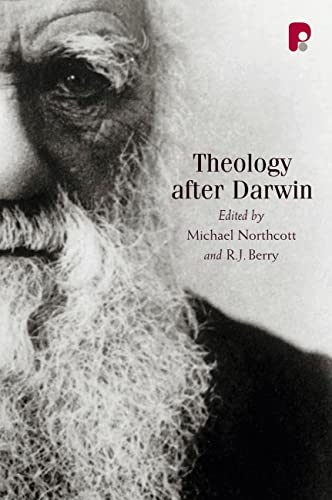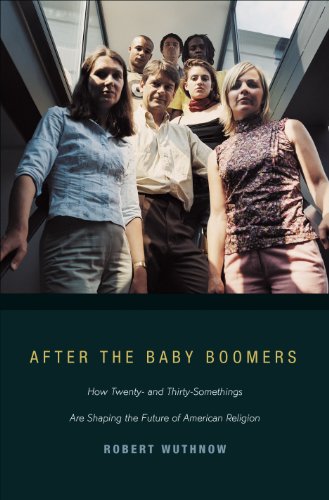The Making of Evangelicalism: From Revivalism to Politics and Beyond
Written by Randall Balmer Reviewed By Nathan A. FinnAmong the cadre of self-professed evangelical historians who study their own movement, Randall Balmer stands out as a scholar with a particularly diverse portfolio. He has written his fair share of scholarly monographs, textbooks, and reference works. But Balmer is probably better known for his journalistic studies of American evangelicalism and mainline Protestantism and his personal reflections on growing up in a conservative evangelical household. Balmer’s recent books have tended to fall somewhere in between the scholarly and the autobiographical, resulting in largely impressionistic interpretations of evangelicalism. This is certainly the case with his latest work, The Making of Evangelicalism.
This short book of eighty-nine pages reads like a series of published lectures, except there is no indication that this is in fact the book’s genesis. In fact, for those familiar with Balmer’s other books, it seems more likely that this book is a combination of classroom reflections and rehashed material from other books, albeit without any citations. While Balmer is an excellent writer who knows how to turn a phrase, his lively prose fails to compensate for the book’s numerous interpretive shortcomings.
The Making of Evangelicalism is surprisingly reductionistic, long on oversimplification and short on nuance. Balmer has a good idea: tell the story of evangelicalism by developing a narrative that revolves around four turning points. He is also on basically sound footing when he discusses the movements that coalesce into American evangelicalism and is spot on when he argues, “The genius of evangelicalism throughout American history is its malleability and the uncanny knack of evangelical leaders to speak the idiom of the culture” (p. 3).
Balmer’s four turning points make sense: the awakenings of the eighteenth and nineteenth centuries, the shift in evangelical eschatological views around the turn of the twentieth century, the evangelical retreat into a subculture following the fundamentalist-modernist controversies of the early twentieth century, and the advent of conservative evangelical political activism since the mid-1970s. But the devil is in the details. Balmer simplistically describes the awakenings as little more than a transition from Calvinism to Arminianism. This results in his writing Calvinism out of the story completely (until recently), ignoring middle positions such as the New Divinity, and implying that most evangelicals become “Arminian” simply because most are not Calvinists. Balmer’s real point is that the Arminians are the good guys, which becomes clear with his next turning point.
Balmer argues that, largely because of the decline of Calvinism, evangelicals became social activists who spend most of the nineteenth century defending women’s rights, fighting slavery, and opposing alcohol consumption. Historians will recognize this as the so-called Wesleyan paradigm for understanding evangelicalism, which has been promoted by Arminian and/or post-conservative evangelical scholars such as Timothy Smith, Donald Dayton, Kenneth Collins, and Roger Olson. But just when it seemed like evangelicals would convert the nation through their good works, most of them became dispensational and focused exclusively on evangelism. Balmer virtually equates premillennialism with dispensationalism, exaggerates the extent of dispensationalism, and overstates the evangelical abandonment of social action, even among dispensationalists.
Balmer’s strongest chapter is his discussion of the evangelical subculture that revolved around (mostly) independent schools and parachurch ministries between the 1920s and the post-World War II era. This subculture eventually divided into several camps, the two most important being the separatist fundamentalists, who took a mostly negative posture toward culture, and the new evangelicals, who were more willing to engage the culture for the sake of the gospel. In Balmer’s narrative, it is of course the latter that are preferable—that is, until they went astray in the mid-1970s.
The final chapter is an almost totally negative account of the Religious Right, much of which is taken verbatim from Balmer’s 2006 book Thy Kingdom Come: How the Religious Right Distorts the Faith and Threatens America. Instead of being focused on women’s rights and racial equality like nineteenth-century (Wesleyan) evangelicals, Democrats, and Jesus himself, most contemporary evangelicals care only about moral issues like abortion and homosexuality and perpetuating economic injustice through their allegiance with the Republican Party. Though he has a couple of good historical insights, this chapter devolves into a jeremiad against conservative evangelicalism in general and evangelical political engagement in particular. The bulk of this chapter could just as easily have been written by Jim Wallis or Tony Campolo.
Balmer ends with some concluding thoughts and practical application. Some of it is perceptive, like the suggestion that evangelicalism is at its best when it exists on the margins of society rather than wedding itself to the cultural elite. Most of his concluding thoughts, however, just emphasize his sympathies for nineteenth-century Wesleyan activism and contemporary political liberalism, both of which are apparently more authentically biblical than the alternatives. The last few pages contain a helpful list of suggested readings related to American evangelicalism, including most of the standard works in the field.
The Making of Evangelicalism ultimately falls short in its efforts to provide a useful, brief introduction to American evangelicalism. While there are some noteworthy observations scattered throughout the work, most of the book tells the reader more about Balmer’s own convictions than it does the history of evangelicalism. Those interested in studying American evangelical history would do well to begin with Doug Sweeney’s The American Evangelical Story, which is another recent short introduction to the topic that is more even-handed and less ideologically driven than Balmer’s book.
Nathan A. Finn
Nathan A. Finn (PhD, Southeastern Baptist Theological Seminary) serves as provost and dean of the university faculty at North Greenville University. He is co-editor of the forthcoming volume Historical Theology for the Church (B&H Academic, 2021).
Other Articles in this Issue
Most of us, I suspect, develop fairly standard ways, one might even say repetitive ways, to appeal to the motivations of our hearers when we preach the gospel...
How to Write—and How Not to Write—A Review: An Appreciative Response to Reviews of Ancient Near Eastern Themes in Biblical Theology by Dempster and Edgar
by Jeffrey J. NiehausI want to thank Themelios for the unusual opportunity to interact with two reviewers of my book Ancient Near Eastern Themes in Biblical Theology...
Parallels, Real or Imagined? A Review Article of Jeffrey J. Niehaus, Ancient Near Eastern Themes in Biblical Theology
by William EdgarWhen I came to Westminster Theological Seminary in Philadelphia as a young student in the 1960s, two things struck me...
Why Evangelicals Should Ignore Brian McLaren: How the New Testament Requires Evangelicals to Render a Judgment on the Moral Status of Homosexuality
by Denny BurkIn 2006 on Christianity Today’s leadership blog, Pastor Brian McLaren urged evangelical leaders to find a “Pastoral Response” to their parishioners on the issue of homosexuality...
A Member of the Family or a Stranger? A Review Article of Jeffrey J. Niehaus, Ancient Near Eastern
by Stephen DempsterWe cannot overstate how important knowing the context is for understanding the significance of any communication, whether that is a simple word, sentence, paragraph, larger text, sign, photograph, or cultural cue...







